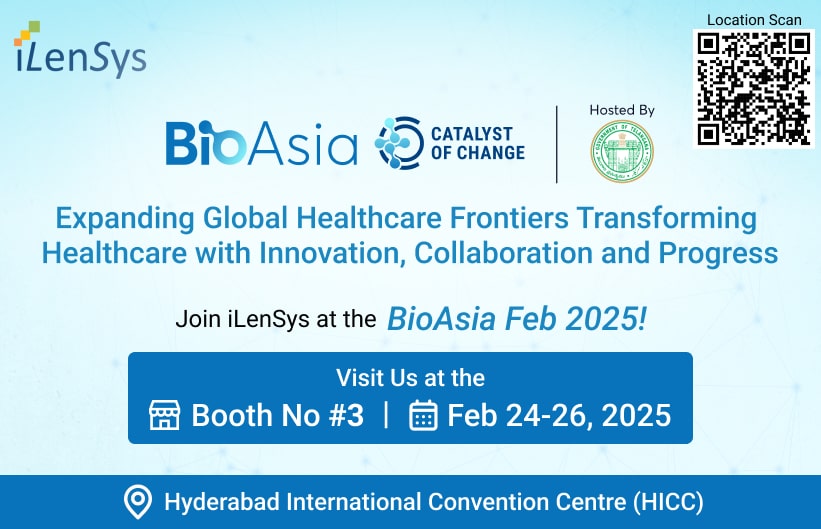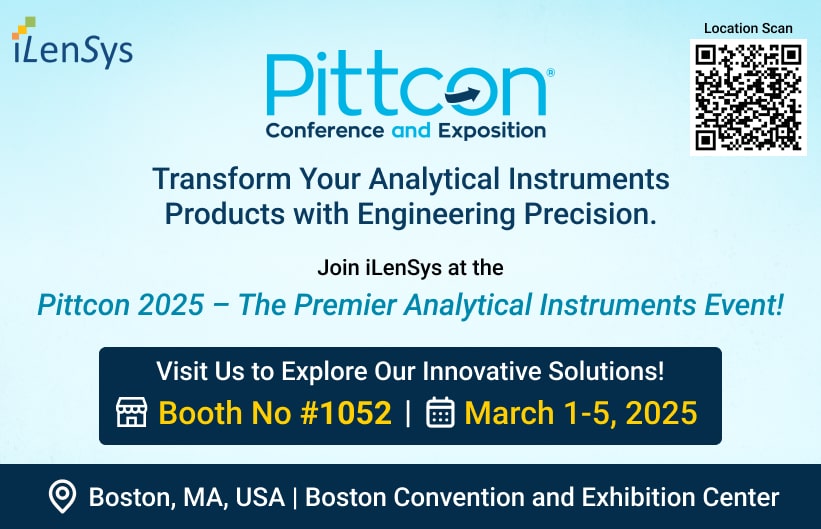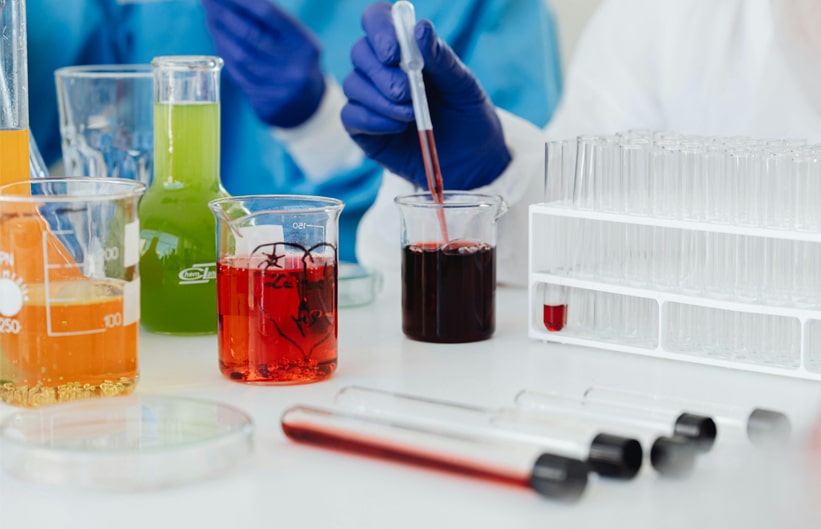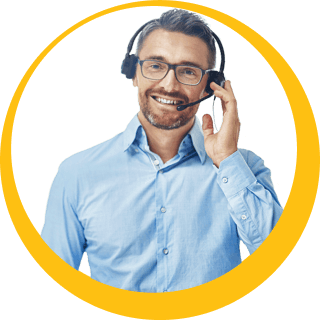Overview
.png)
Introduction to RoHS Directive
The EU RoHS Directive, an acronym for Restriction of Hazardous Substances, aims to minimize the environmental and health impacts of electronics. Initially established in 2002 under directive 2002/95/EC (RoHS1), it underwent revisions to broaden its scope with RoHS2 in 2011 (directive 2011/65/EU) and further expanded its restricted substances list with RoHS3 (2015/863) in 2015.
As of July 22, 2019, RoHS3 mandates limiting ten specific substances within electronic manufacturing to ensure safer lifecycle stages for electronic devices across the European Economic Area (EEA), including EU Member States, Iceland, Liechtenstein, and Norway.
Restricted Substance List and Allowed Limits
The directive currently restricts the following substances, with specified maximum concentration values by weight in homogeneous materials:


RoHS Scope and Product Categories
RoHS applies to various product categories outlined in the WEEE Directive, affecting a wide range of electronic and electrical equipment, from large household appliances to consumer electronics and automatic dispensers. Each category is detailed to ensure manufacturers and importers understand their obligations under the directive.
The following product categories are impacted under the RoHS Directive:
- Category 1: Large household appliances - refrigerators, washers, stoves, air conditioners
- Category 2: Small household appliances - vacuum cleaners, hair dryers, coffee makers, irons
- Category 3: Computing & communications equipment - computers, printers, copiers, phones, satellite TV, cell tower equipment, antennas
- Category 4: Consumer electronics - TVs, DVD players, stereos, video cameras
- Category 5: Lighting - lamps, lighting fixtures, light bulbs (some fluorescents are exempt).
- Category 6: Power tools - drills, saws, nail guns, sprayers, lathes, trimmers, blowers
- Category 7: Toys, leisure and sports equipment - videogames, treadmills, talking dolls, Fitbits.
- Category 8: Medical devices and equipment - includes in-vitro diagnostic medical devices (IVDs).
- Category 9: Monitoring and control equipment - thermostats, smoke detectors, fire alarms, including industrial applications.
- Category 10: Automatic dispensers - vending machines, ATM machines
- Category 11: Catch-all - all other electronic and electrical equipment not covered under the other categories. Included are 2-wheeled electric vehicles; electronic nicotine delivery systems (ENDS) such as e-cigarettes, cannabis vaporizers and vape pens; electrical cables that are less than 250V working voltage.
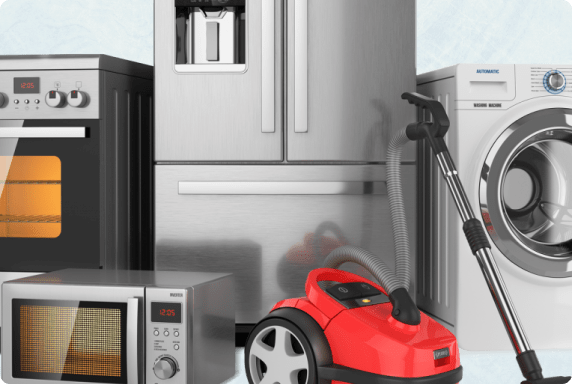
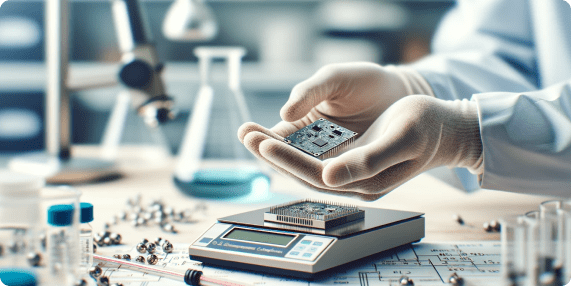
Out of Scope Products
Products exempt from RoHS compliance include:
- Military and national security equipment
- Space equipment (satellites, telescopes, spacecraft).
- Transportation vehicles, excluding electric two-wheelers.
- Professional R&D equipment.
- Non-road mobile machinery (NRMM).
- Large-scale fixed installations (LSFI) and Large-scale stationary industrial tools (LSSIT).
- Active Implantable Medical Devices (AIMDs).
- Batteries (cells only)
Homogeneous Level Compliance
Compliance with RoHS is determined at the homogenous material level, defined as a material of uniform composition throughout or a material that cannot be mechanically disjointed into different materials. This section will explain the calculation method for determining substance concentration within materials.
Calculations for Substance Concentration
To determine the weight percentage (w/w) of a substance: Homogeneous weight %=(Homogeneous weight Total weight)×100Homogeneous weight %= (Total weight Homogeneous weight)×100
Homogeneous Level Compliance Example
For the sake of clarity in RoHS compliance assessment at a homogenous level, below is a detailed example utilizing the figures from the provided documentation:
- Current Product Information
- TI part number: OPA4192IPW
- Total device mass (mg): 57.4
- Component Information
- Component: Bond Wire (Not Categorized)
- Substance: Proprietary Materials
- Amount (mg): 0.7612
This acknowledges the unique requirements and controls already placed on such substances in these contexts.
Homogeneous Level Calculation
To calculate the homogeneous material level percentage, we use the total device mass and the mass of the substance in question.
Homogeneous Material Level % = (Amount (mg) / Total Device Mass (mg)) × 100
For the bond wire with a proprietary material amount of 0.7612 mg in a device with a total mass of 57.4 mg: Homogeneous Material Level %=(0.7612 / 57.4) × 100 = 1.3261%
This example demonstrates the necessary calculation to verify that each material within a product meets the RoHS directive's permissible levels.This part of the webpage will provide users with a clear understanding of how to perform homogeneous level calculations for their products, following the RoHS compliance guidelines.
.png)
Exemptions and Enforcement
RoHS recognizes specific exemptions where restricted substances may exceed allowable levels for certain applications due to technological necessity or where no alternatives exist. These exemptions are periodically reviewed and adjusted to reflect advancements in scientific and technical knowledge. Notable exemptions include:
- Lead in steel for machining purposes and in galvanized steel (up to 0.35% by weight)
- Lead in aluminum (up to 4% by weight)
- Copper alloy containing up to 4% lead by weight
- Lead in high melting temperature type solders (i.e., lead-based alloys containing 85% by weight or more lead)
Enforcement of the RoHS directive is carried out by individual EU Member States, which have established their own regulations on penalties for non-compliance. These can include fines and imprisonment, underscoring the importance of adhering to RoHS requirements.
Penalties for Non-Compliance
EU member states have established rules on penalties for RoHS non-compliance, which may include fines and imprisonment provisions, underscoring the importance of adherence to the directive.








